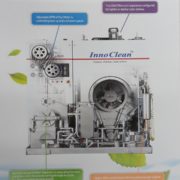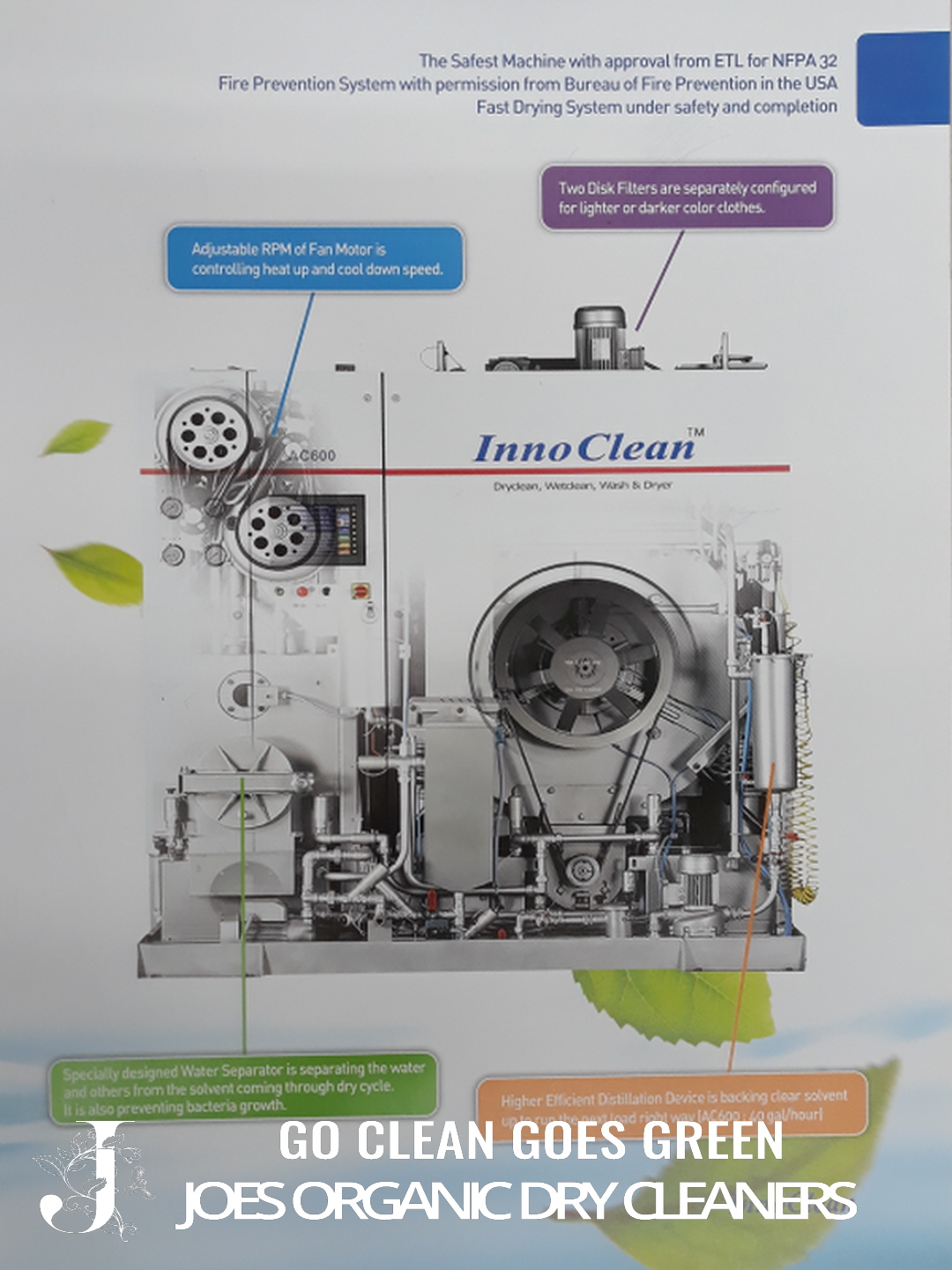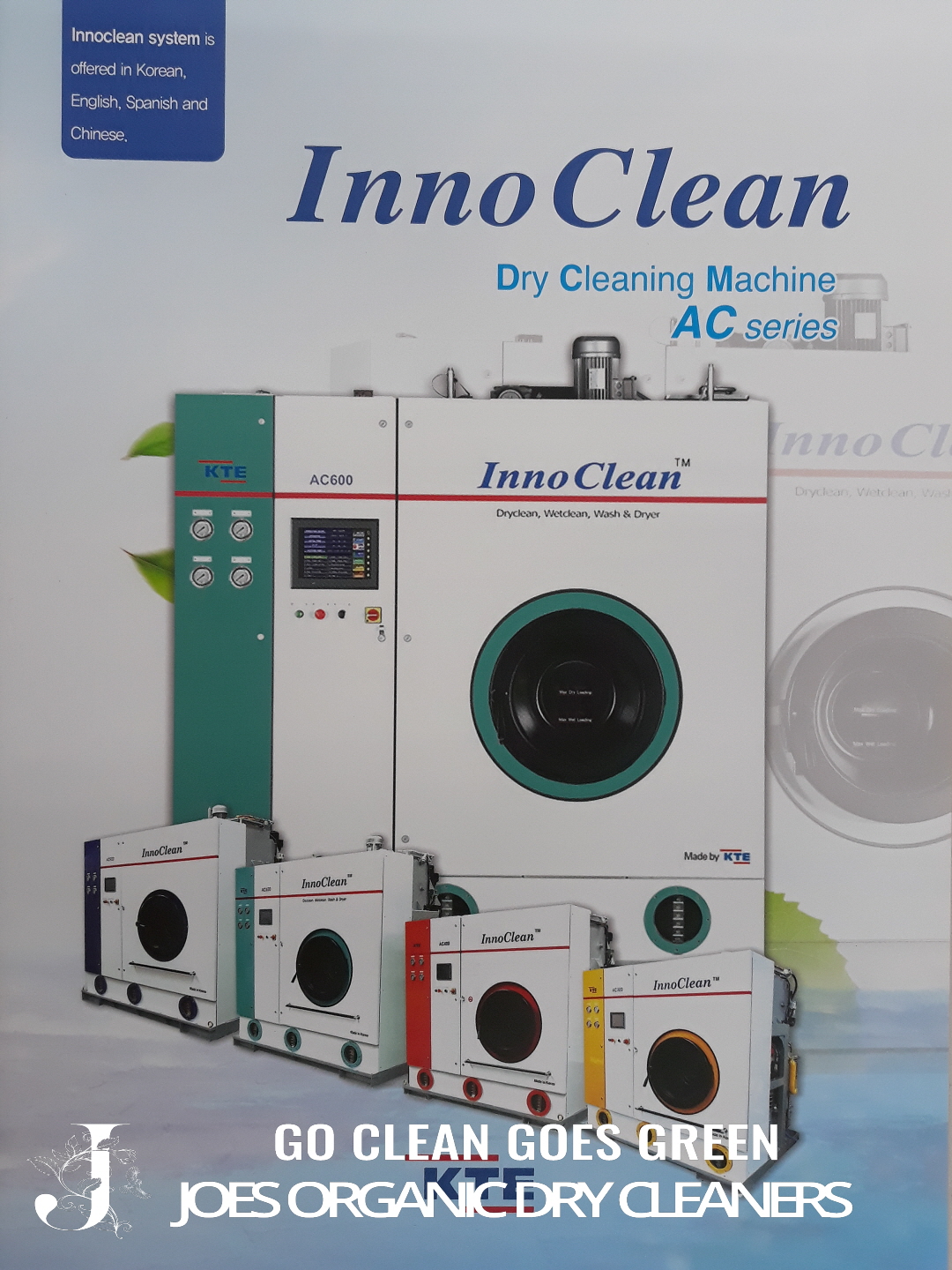Premium Dry Cleaning & Tailoring in Westbury
Premium Dry Cleaning & Tailoring in Westbury
At Joe’s Organic Dry Cleaners, we make clothes look and feel their best—without harming the planet. Using the advanced, eco-friendly SYSTEM-K4 cleaning system, we provide gentle, deep cleaning that keeps your garments soft, fresh, and long-lasting.
🧼 What We Offer:
✔ Dry & Wet Cleaning for all fabrics
✔ Laundry & Shirt Pressing with wrinkle-free finish
✔ Expert Tailoring & Alterations
✔ Wedding Gown & Household Item Cleaning
Why choose us?
✅ Non-toxic, biodegradable cleaning
✅ Over 20 years of trusted garment care
✅ Precision technology for flawless results
✅ Free pickup & delivery throughout Long Island
📞 Call (516) 334-3350 or visit us at 263 Post Ave, Westbury, NY.
Schedule today and enjoy worry-free clothing care from people who care.
🧼 Tintorería y Arreglos Premium en Westbury
¿Buscas un servicio experto de limpieza y arreglos? En Joe’s Organic Dry Cleaners usamos SYSTEM-K4, una tecnología ecológica y segura que limpia profundamente sin dañar tu ropa ni el planeta.
✔ Limpieza en seco y en agua
✔ Planchado profesional de camisas
✔ Arreglos personalizados
✔ Limpieza de vestidos de novia y artículos del hogar
✅ Más de 20 años de experiencia
✅ Tecnología avanzada
✅ Solvente sin químicos agresivos
✅ ¡Recojo y entrega gratis en Long Island!
📞 Llámanos al (516) 334-3350 o visítanos en 263 Post Ave, Westbury, NY.
🧼 웨스트버리의 프리미엄 드라이클리닝 & 수선
조의 오가닉 드라이클리너에서는 환경을 생각한 SYSTEM-K4 세탁 시스템을 사용해 옷을 부드럽고 안전하게 세탁합니다.
✔ 드라이클리닝 & 습식세탁
✔ 셔츠 세탁 및 다림질
✔ 맞춤 수선 및 리폼
✔ 웨딩드레스 & 가정 섬유 세탁
✅ 20년 이상의 경력
✅ 유해 화학물질 없는 세탁
✅ 첨단 장비 사용
✅ 롱아일랜드 전역 무료 픽업 및 배달
📞 (516) 334-3350으로 전화주세요!
263 Post Ave, Westbury, NY에서 만나요.











